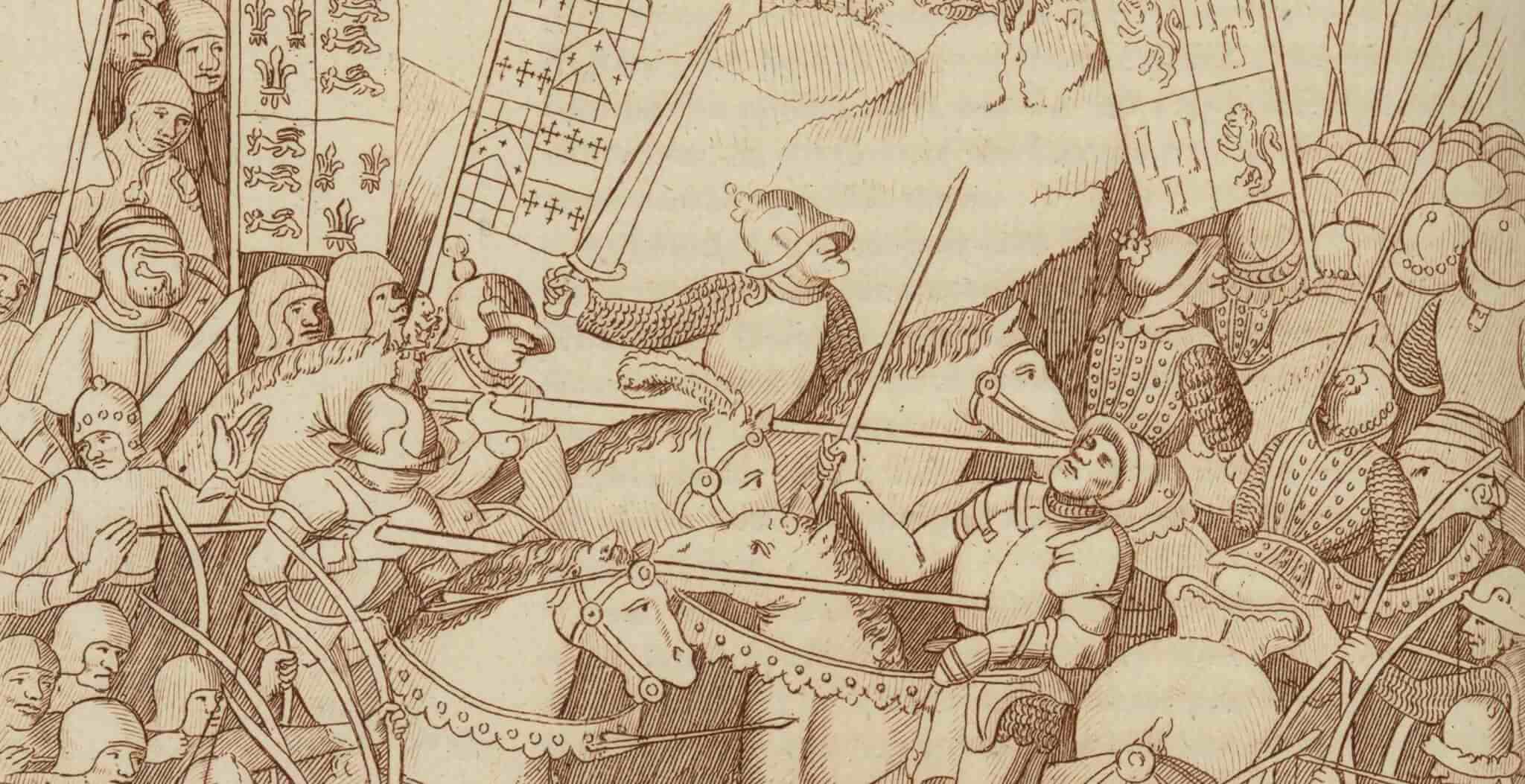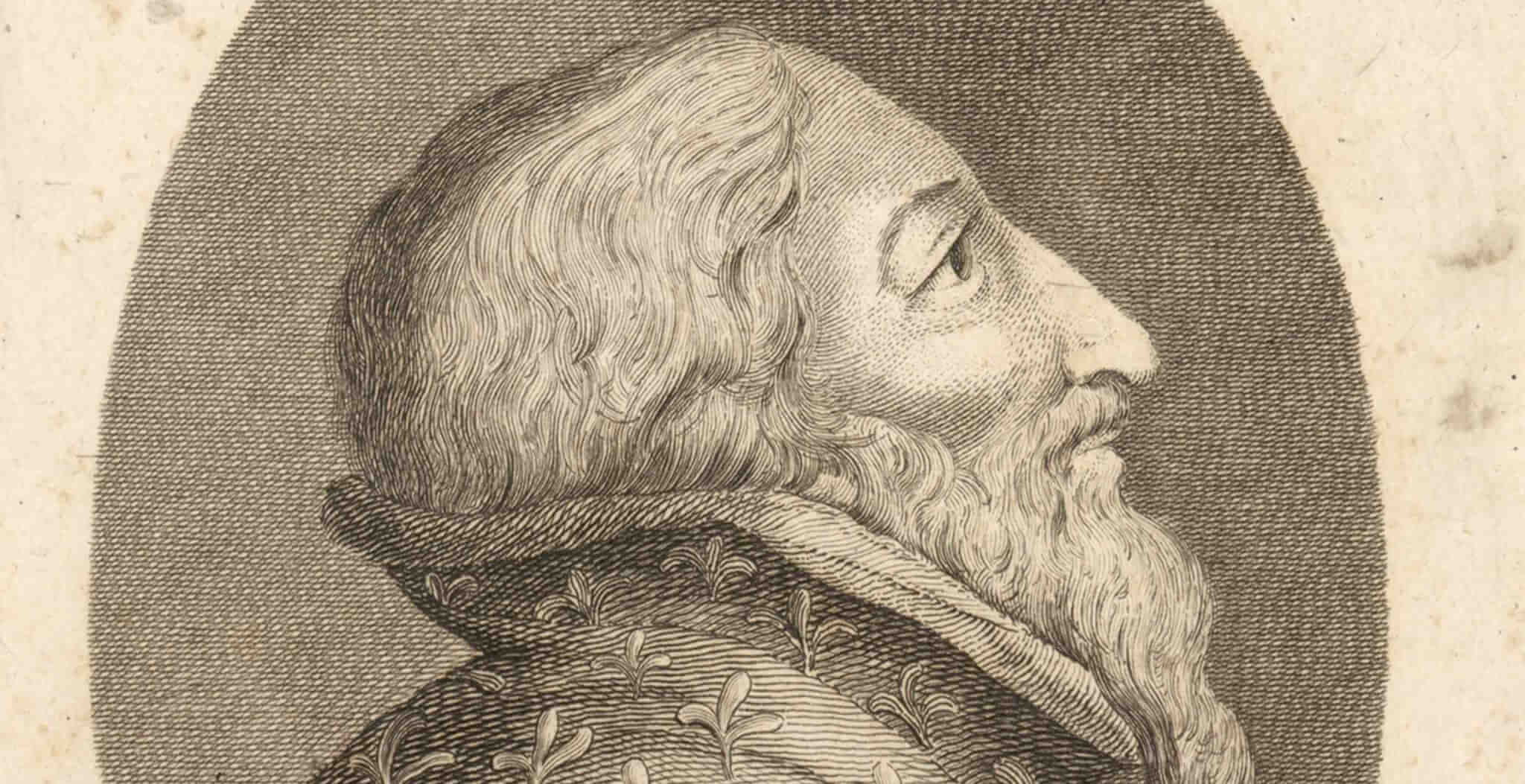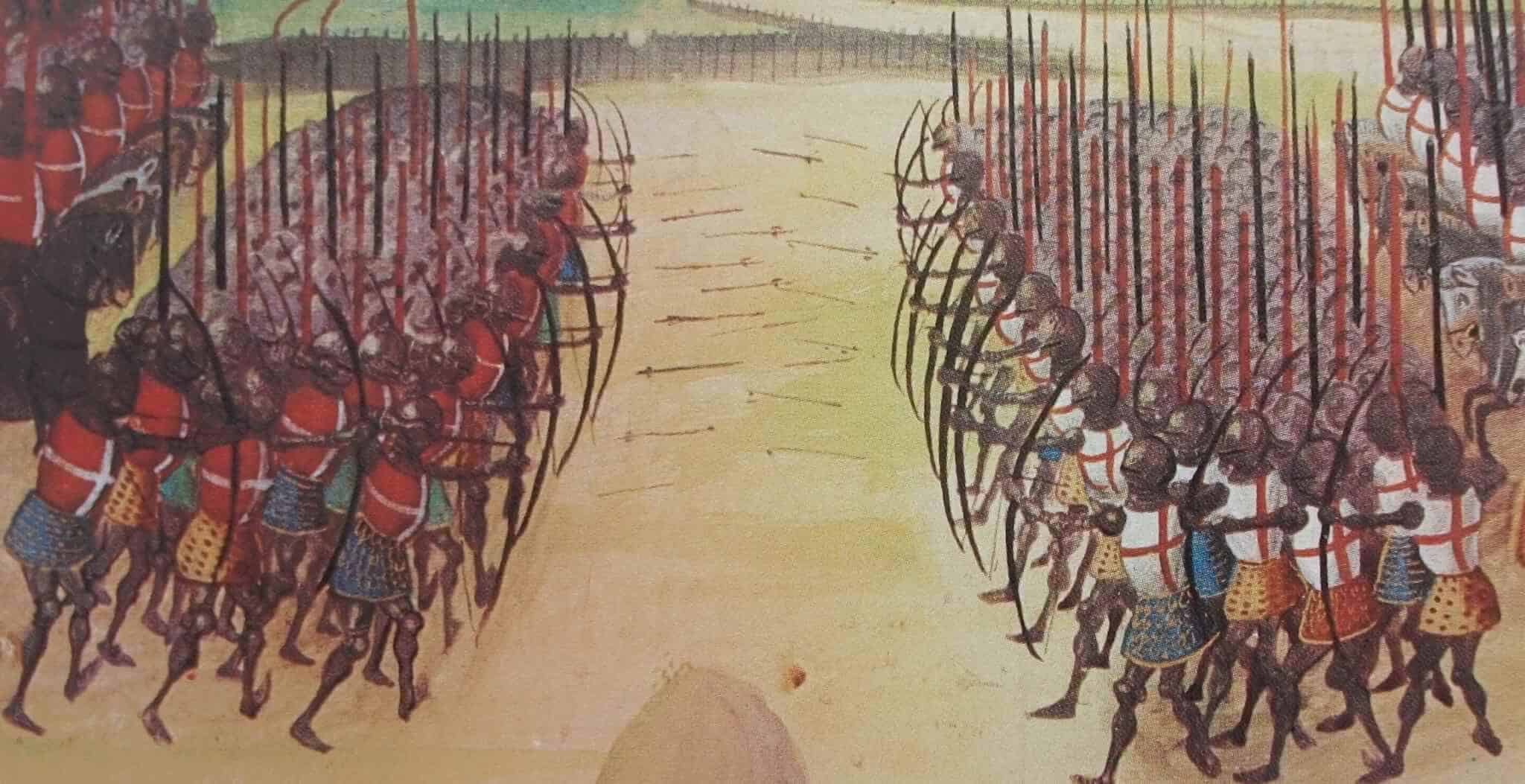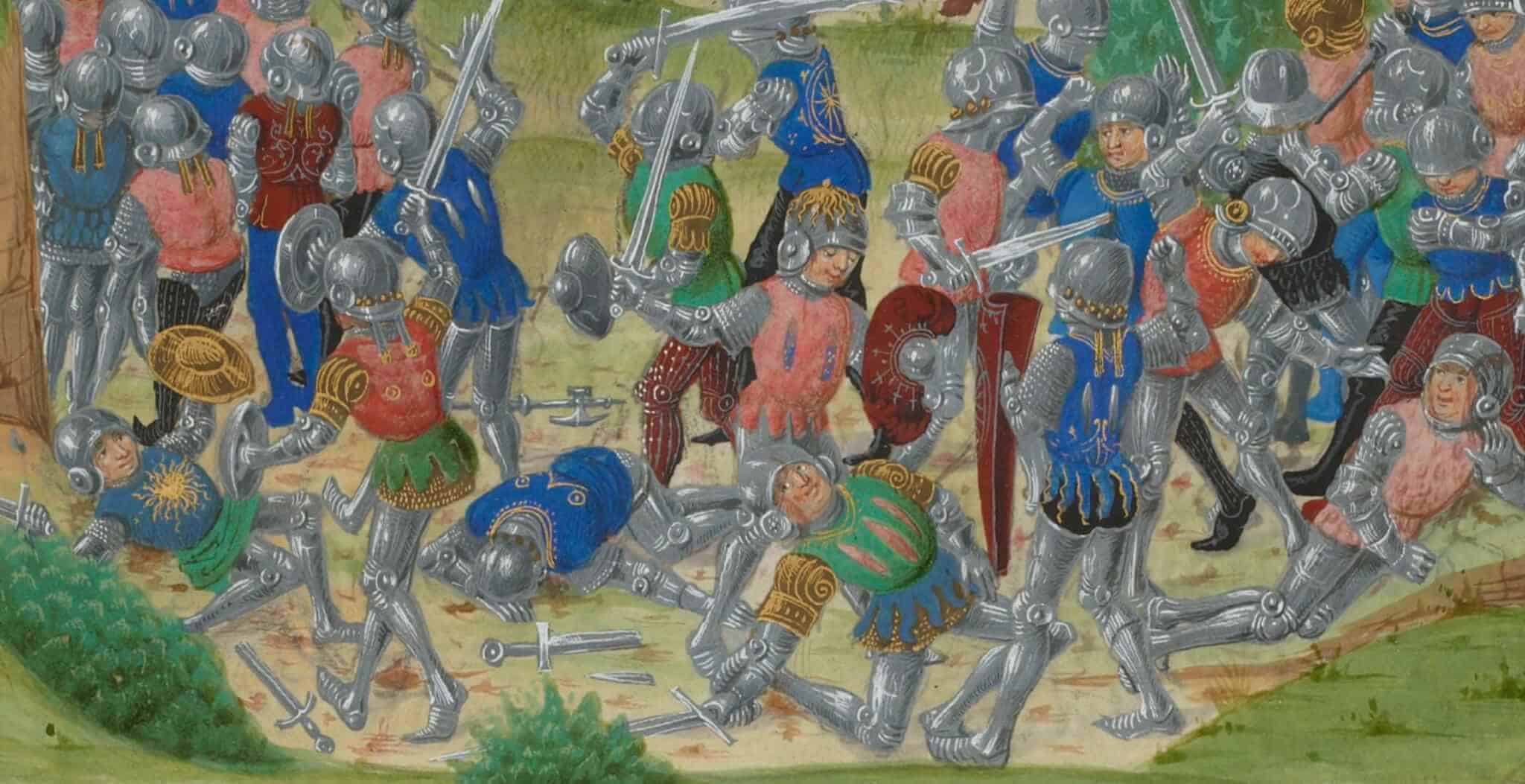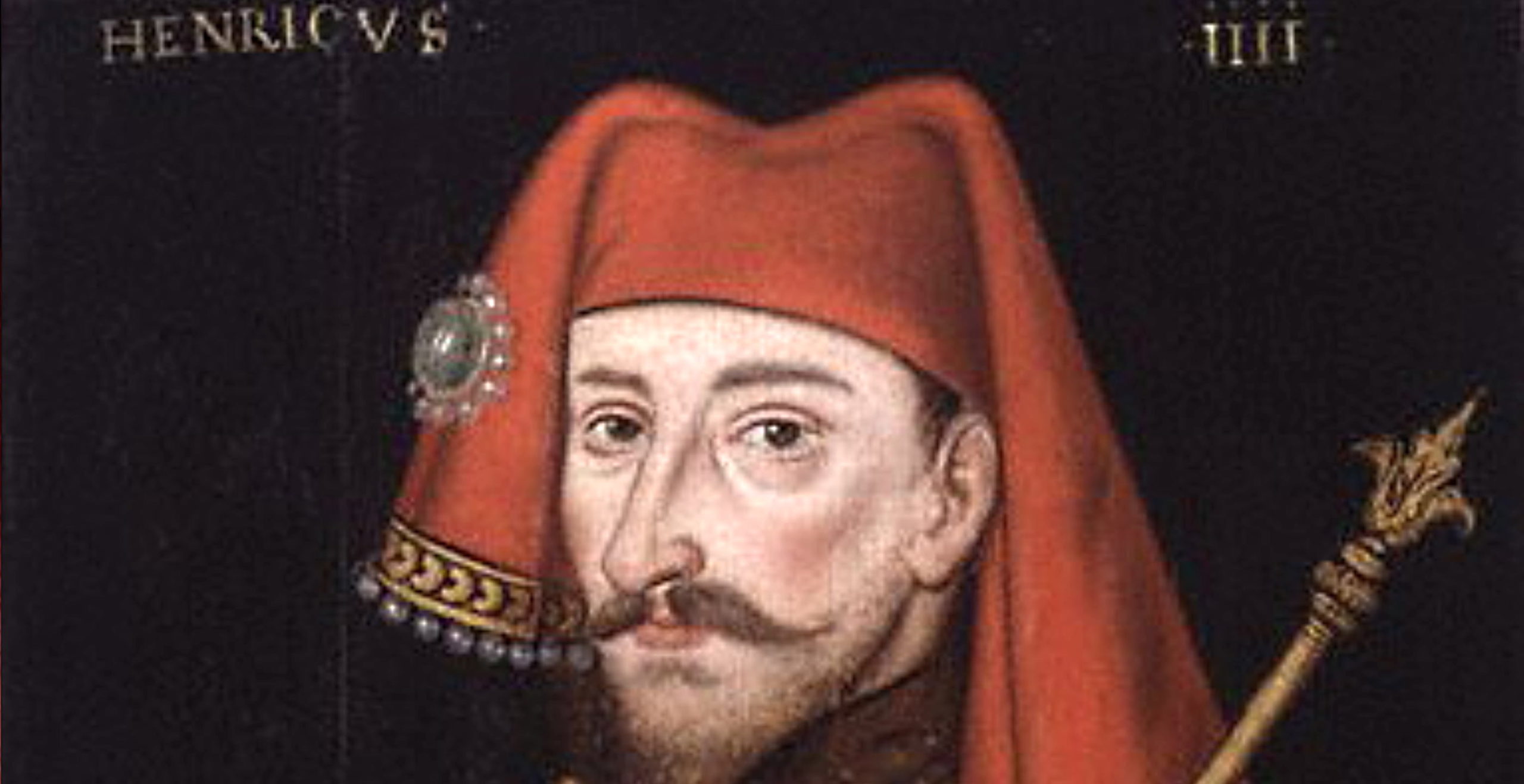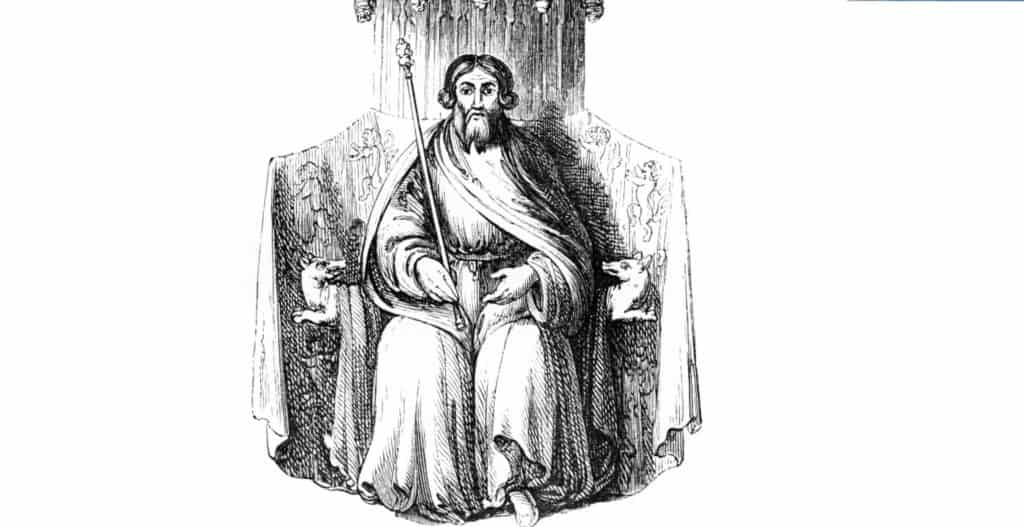Although the powerful Percy family had supported the Lancastrian King Henry IV when he took the throne from Richard II in 1399, the rebellion of 1403 stemmed from the king’s failure to sufficiently reward the family for the costs they had incurred in doing so.
In addition, as if to add insult to injury, the infamous Sir Henry Hotspur Percy (so named for his fiery temperament) who had been successfully campaigning against the rebellious Welsh patriot Owain Glyndŵr had not received payment for his services.
A tad annoyed with the king, the Percys formed an alliance with Glyndŵr and Edward Mortimer to conquer and divide up England. With a hastily mustered force Hotspur set off for Shrewsbury to join forces with the other rebels.
By the time he reached the town Hotspur’s army had grown to around 14,000 men; most notably he had recruited the services of the Cheshire archers.
Hearing of the plot against him, the king had hurried to intercept Hotspur and both armies faced each other on 21 July 1403.
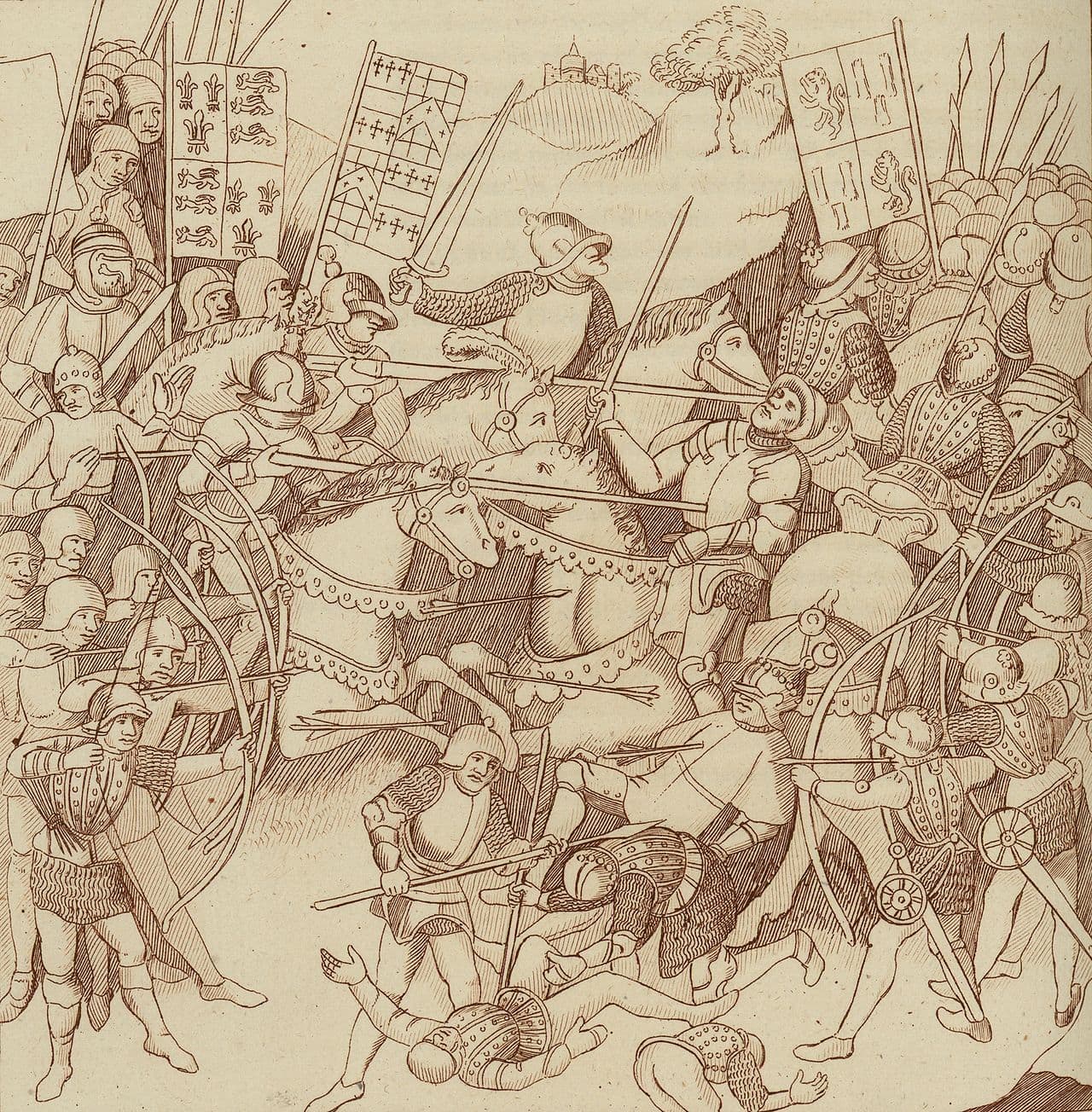
When negotiations for a happy compromise failed, the battle finally started a few hours before dusk.
For the first time on English soil, massed troops of archers faced each and demonstrated “the deadliness of the longbow“.
In a closely fought encounter Hotspur was killed, apparently shot in the face when he opened his visor (as shown on the picture below). With the loss of their leader, the battle came to abrupt end.
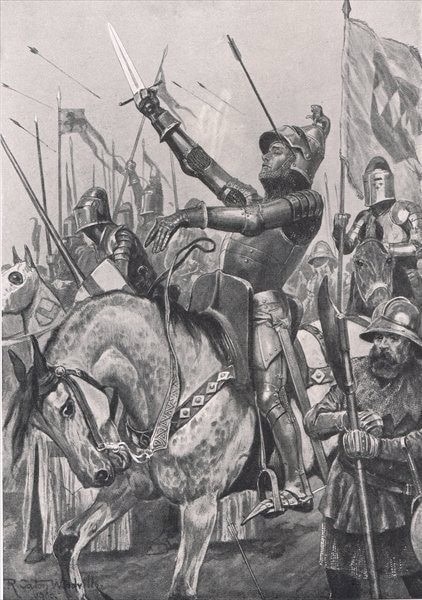
To quash rumours that he had in fact survived the battle, the king had Hotspur quartered and put on display in various corners of the country, his head being impaled on York’s north gate.
The brutal lesson learned in the effectiveness of the longbow would be remembered by Prince Henry, later Henry V, just a few years later on the battlefields of France.
Click here for a Battlefield Map
Key Facts:
Date: 21st July, 1403
War: Glyndwr Rising & Hundred Years’ War
Location: Shrewsbury, Shropshire
Belligerents: Kingdom of England (Royalists), Rebel Army
Victors: Kingdom of England (Royalists)
Numbers: Royalists around 14,000, Rebel Army around 10,000
Casualties: Unknown
Commanders: King Henry IV of England (Royalists), Henry “Harry Hotspur” Percy (Rebels)
Location:
